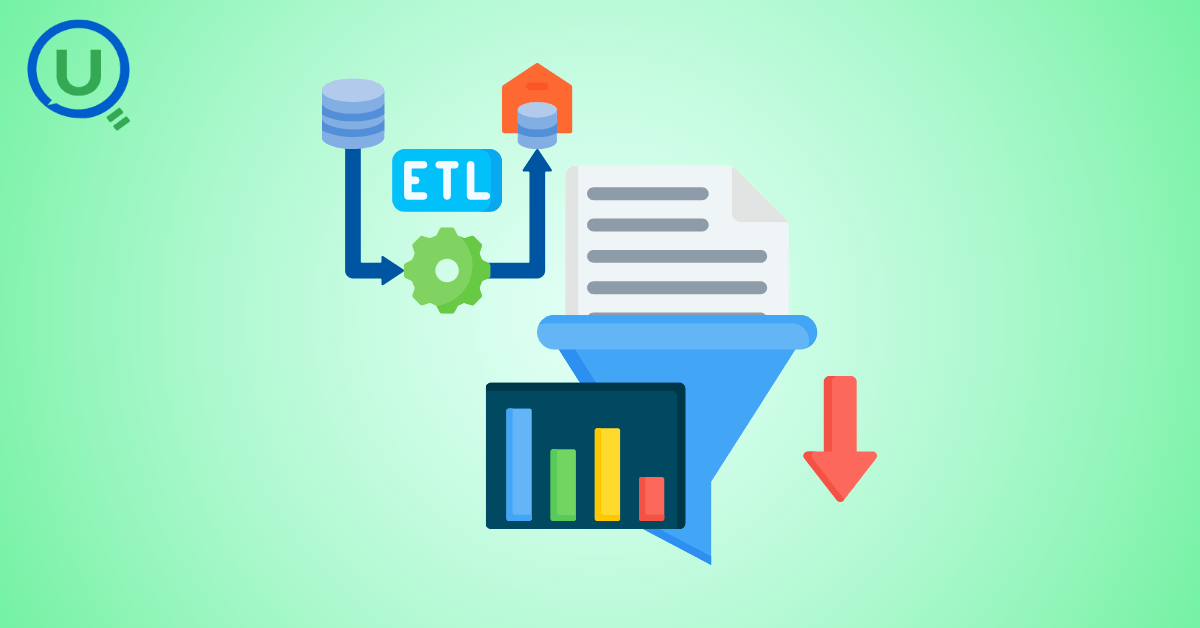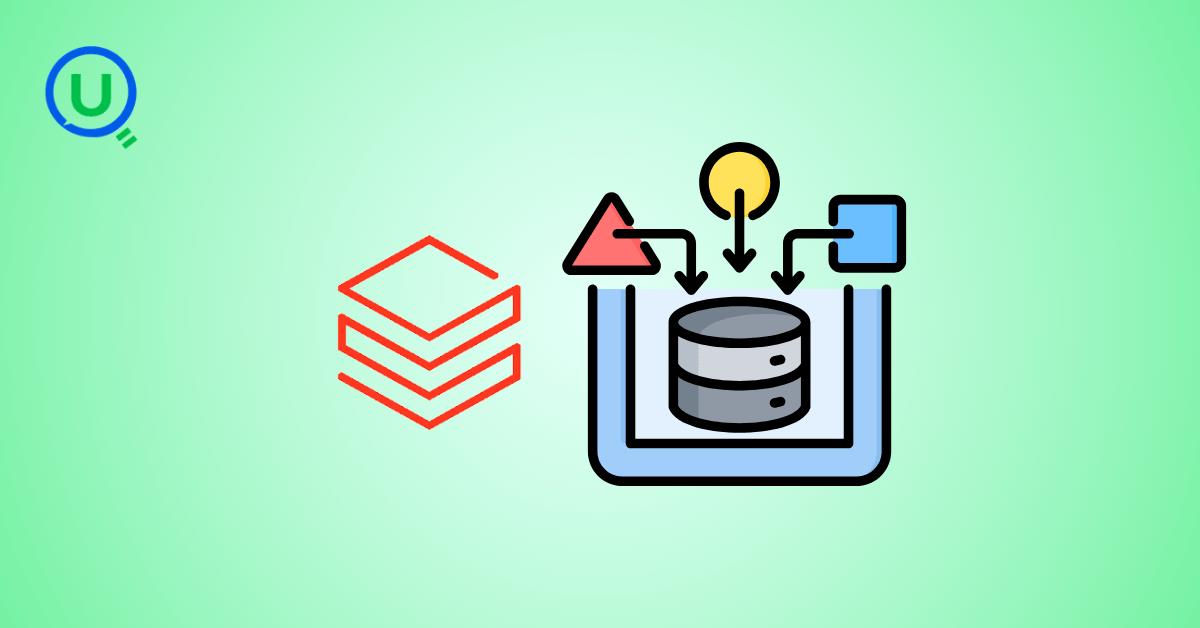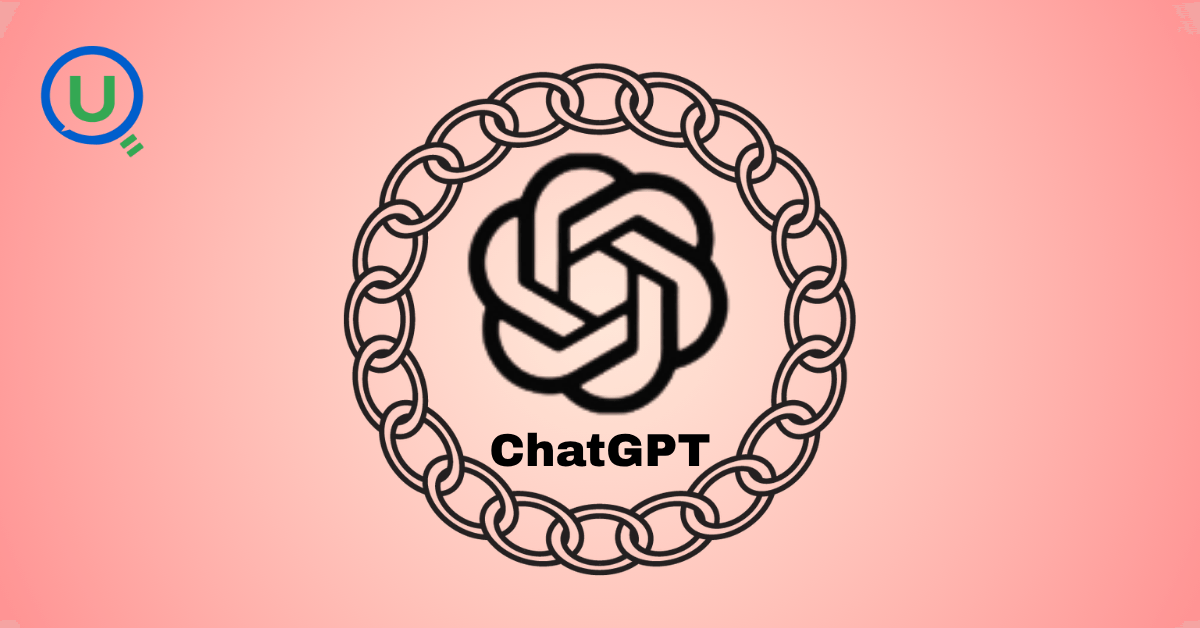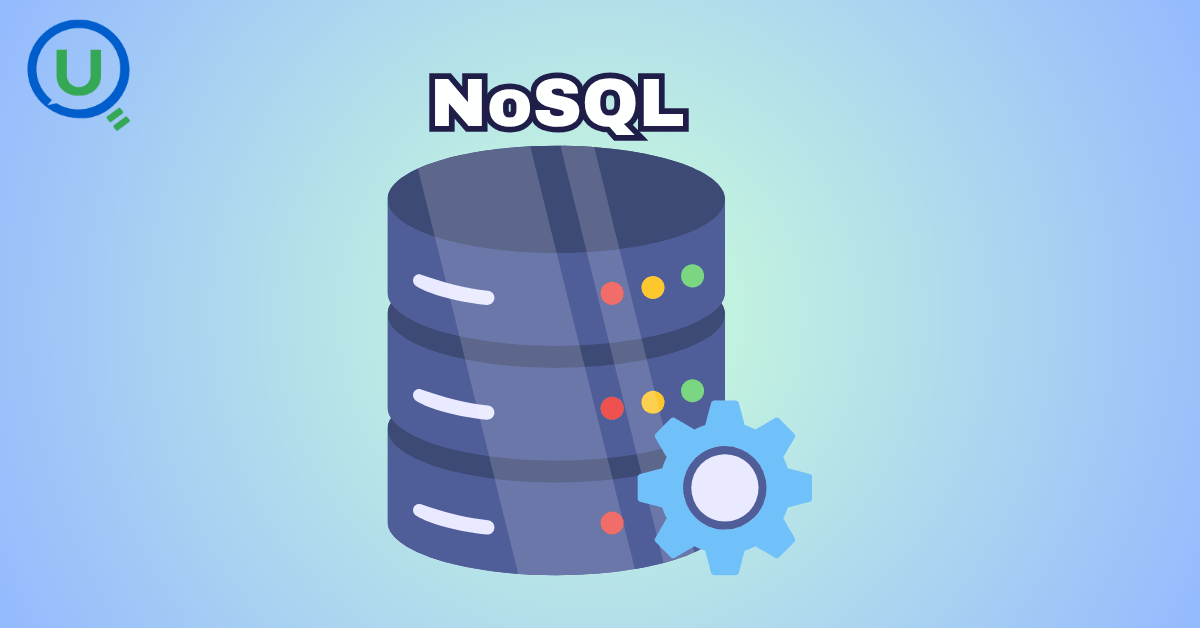A Journey Through Extraction, Transformation, and Loading

Ready to transform your data strategy with cutting-edge solutions?
Unleashing the Power of ETL in a Data-Driven World
In today's data-driven landscape, organizations are increasingly reliant on data to gain a competitive edge and drive informed decision-making. This rings true for businesses of all sizes. To fully harness the potential locked within their data, data engineering teams play a pivotal role in crafting ETL (Extract, Transform, Load) pipelines. These pipelines serve as the backbone of data processing, enabling organizations to efficiently collect, cleanse, and analyze data. In this article, we will explore the world of ETL pipeline development, using a real-world E-commerce scenario to illustrate its significance and impact.
Navigating the Data Deluge
Consider running a thriving online store where customers visit daily, engaging in activities such as browsing products, making purchases, and leaving reviews. These actions generate a vast amount of data, which, although valuable, often remains scattered and incomprehensible. Think of this data as a treasure chest brimming with insights, yet locked behind a door that requires a special key.

In your e-commerce realm, data flows in from diverse sources—your website, mobile app, point-of-sale system, customer databases, and more. It's akin to having pieces of a jigsaw puzzle strewn across different rooms of your house. Each data fragment holds importance, but it lacks cohesion.
Let's embark on a journey to unveil the magical key, known as an ETL (Extract, Transform, Load) pipeline, which can transform this chaotic data into a valuable asset for your e-commerce business. But before we proceed, let's demystify ETL.
Demystifying ETL
ETL, short for Extract, Transform, Load, encompasses a set of processes involving data extraction from various sources, its transformation into a usable resource, and its loading into destination systems.

Let’s have a wider look at the ETL Phases:
1. Extraction: Gathering the Data
In the fascinating world of ETL (Extract, Transform, Load), the first superhero to step into the limelight is "Extract." Visualize this phase as a skilled data gatherer, traversing diverse landscapes to gather data gems scattered across the land. Extraction is pivotal in collecting data from multiple sources, making it accessible for subsequent analysis and transformation. Data from these sources can range from structured to semi-structured and even unstructured.

2. Transformation: Unlocking Data's Potential
Imagine you hold a chest filled with raw data gems collected from various corners of your e-commerce empire. Now, it's time to unlock their true value through the "Transformation" phase, where data turns into gold.
Filtering and Cleansing: Picture yourself as a master jeweler inspecting a heap of rough diamonds. Your first task is to remove impurities. Duplicate records, typos, and irrelevant data are discarded, leaving only the finest gems for your analysis.
Data Formatting and Normalization: Just as you'd want uniform pearls for a necklace, data needs consistent formatting. Dates, currency values, and measurements are standardized, ensuring precise data comparison and analysis.
Calculations and Aggregations: With clean data in hand, you calculate vital metrics like bounce rates, conversion rates, average order values, and customer acquisition costs. These metrics provide invaluable insights.
Quality and Compliance Checks: Your data alchemy demands the highest quality. Data is scrutinized for errors, missing values, and inconsistencies, guaranteeing reliable insights.
In this scenario, the "Transformation" phase of ETL is your workshop, where you work your magic to turn data into valuable e-commerce insights.
3. Loading: Finding Data a New Home
In the world of data processing, the ETL process plays a critical role in organizing and managing data. The final step, the Loading phase, sees extracted and transformed data settling into a target database.
The loading process can take two forms:
Full Loading: This transfers all records from the staging area to the target database. However, as data accumulates, managing vast volumes can become challenging.
Incremental Loading: Here, ongoing changes are applied periodically. Data integrity between dimension and fact tables is crucial, ensuring records align correctly with their respective tables.
Understanding ETL Phases through an Example:
In the Extraction Phase, you gather a comprehensive product inventory dataset from various sources: your in-house inventory management system, suppliers' databases, and online sales platforms. This dataset includes details such as product IDs, descriptions, quantities, prices, and suppliers.
ProductID | Description | Quantity | Price | Supplier |
101 | laptop | 50 | 800 | ABC electronics |
102 | smartphone | 100 | 400 | XYZ tech |
103 | headphones | 200 | 50 | soundGear inc. |
During the Transformation Phase, you perform data quality checks to ensure completeness and accuracy. Data is formatted for consistency and compatibility with your data warehouse.
ProductID | Description | Quantity | Price | Supplier |
101 | Laptop | 50 | $800 | ABC Electronics |
102 | Smartphone | 100 | $400 | XYZ Tech |
103 | Headphones | 200 | $50 | SoundGear Inc. |
Observe that the description values are capitalized, and prices are formatted consistently.
In the Loading Phase, the cleaned product inventory data is loaded into your data warehouse, creating a "Product inventory" table.
ETL Tools: Streamlining Complexity
ETL pipelines often involve intricate processes, making manual management challenging. Specialized tools and technologies step in to automate and simplify ETL tasks.
Apache Kafka: This popular open-source tool excels in building real-time data pipelines, handling large data volumes, and facilitating data streaming between systems and applications. It's ideal for real-time data processing applications.
Apache Nifi: Another open-source ETL tool, Apache Nifi automates data flows between diverse systems, boasting a user-friendly interface for designing and managing data flows. It supports a wide array of data sources and destinations, making it invaluable for data integration and migration.
Talend: As a comprehensive commercial ETL tool, Talend offers a suite of data integration and quality tools. It includes features such as data mapping, profiling, and validation, supporting various data sources and destinations. Talend excels in handling complex ETL scenarios, such as data integration from multiple sources or data migration.
Apache Airflow: An open-source platform for constructing, scheduling, and monitoring data pipelines, Apache Airflow empowers users to define and execute complex workflows. It provides a web-based interface for job management and monitoring, making it an excellent choice for batch processing, data warehousing, and data analytics.
Conclusion: Turning Data Chaos into Business Value
By employing ETL pipelines to transform disparate data into actionable insights, organizations gain a deeper understanding of their customers, products, and operations. This enables informed decision-making, enhances profitability, and maintains a competitive edge.
Much like a jeweler selects and shapes gems into exquisite jewelry, businesses leverage ETL pipelines to convert raw data into a valuable asset. With the right tools and techniques, the possibilities are endless!
In essence, ETL acts as the magic wand that transforms chaotic data into valuable information. It is the expert who cleans, organizes, and structures raw data, ensuring it serves as a useful asset rather than a bewildering puzzle. ETL isn't just a buzzword; it's the key to making intelligent data-driven choices.
Ready to Experience the Future of Data?
You Might Also Like

Snowflake recommends 100–250 MB files for optimal loading, but why? What happens when you load one large file versus splitting it into smaller chunks? I tested this with real data, and the results were surprising. Click to discover how this simple change can drastically improve loading performance.

Master the bronze layer foundation of medallion architecture with COPY INTO - the command that handles incremental ingestion and schema evolution automatically. No more duplicate data, no more broken pipelines when new columns arrive. Your complete guide to production-ready raw data ingestion

Learn Git and GitHub step by step with this complete guide. From Git basics to branching, merging, push, pull, and resolving merge conflicts—this tutorial helps beginners and developers collaborate like pros.

Discover how data management, governance, and security work together—just like your favorite food delivery app. Learn why these three pillars turn raw data into trusted insights, ensuring trust, compliance, and business growth.

A simple request to automate Google feedback forms turned into a technical adventure. From API roadblocks to a smart Google Apps Script pivot, discover how we built a seamless system that cut form creation time from 20 minutes to just 2.

Step-by-step journey of setting up end-to-end AKS monitoring with dashboards, alerts, workbooks, and real-world validations on Azure Kubernetes Service.

My learning experience tracing how an app works when browser is refreshed

This is the first in a five-part series detailing my experience implementing advanced data engineering solutions with Databricks on Google Cloud Platform. The series covers schema evolution, incremental loading, and orchestration of a robust ELT pipeline.

Discover the 7 major stages of the data engineering lifecycle, from data collection to storage and analysis. Learn the key processes, tools, and best practices that ensure a seamless and efficient data flow, supporting scalable and reliable data systems.

This blog is troubleshooting adventure which navigates networking quirks, uncovers why cluster couldn’t reach PyPI, and find the real fix—without starting from scratch.

Explore query scanning can be optimized from 9.78 MB down to just 3.95 MB using table partitioning. And how to use partitioning, how to decide the right strategy, and the impact it can have on performance and costs.

Dive deeper into query design, optimization techniques, and practical takeaways for BigQuery users.

Wondering when to use a stored procedure vs. a function in SQL? This blog simplifies the differences and helps you choose the right tool for efficient database management and optimized queries.

This blog talks about the Power Law statistical distribution and how it explains content virality

Discover how BigQuery Omni and BigLake break down data silos, enabling seamless multi-cloud analytics and cost-efficient insights without data movement.

In this article we'll build a motivation towards learning computer vision by solving a real world problem by hand along with assistance with chatGPT

This blog explains how Apache Airflow orchestrates tasks like a conductor leading an orchestra, ensuring smooth and efficient workflow management. Using a fun Romeo and Juliet analogy, it shows how Airflow handles timing, dependencies, and errors.

The blog underscores how snapshots and Point-in-Time Restore (PITR) are essential for data protection, offering a universal, cost-effective solution with applications in disaster recovery, testing, and compliance.

The blog contains the journey of ChatGPT, and what are the limitations of ChatGPT, due to which Langchain came into the picture to overcome the limitations and help us to create applications that can solve our real-time queries

This blog simplifies the complex world of data management by exploring two pivotal concepts: Data Lakes and Data Warehouses.

An account of experience gained by Enqurious team as a result of guiding our key clients in achieving a 100% success rate at certifications

demystifying the concepts of IaaS, PaaS, and SaaS with Microsoft Azure examples

Discover how Azure Data Factory serves as the ultimate tool for data professionals, simplifying and automating data processes

Revolutionizing e-commerce with Azure Cosmos DB, enhancing data management, personalizing recommendations, real-time responsiveness, and gaining valuable insights.

Highlights the benefits and applications of various NoSQL database types, illustrating how they have revolutionized data management for modern businesses.

This blog delves into the capabilities of Calendar Events Automation using App Script.

An easy to follow guide prepared based on our experience with upskilling thousands of learners in Data Literacy

Teaching a Robot to Recognize Pastries with Neural Networks and artificial intelligence (AI)

Streamlining Storage Management for E-commerce Business by exploring Flat vs. Hierarchical Systems

Figuring out how Cloud help reduce the Total Cost of Ownership of the IT infrastructure

Understand the circumstances which force organizations to start thinking about migration their business to cloud
